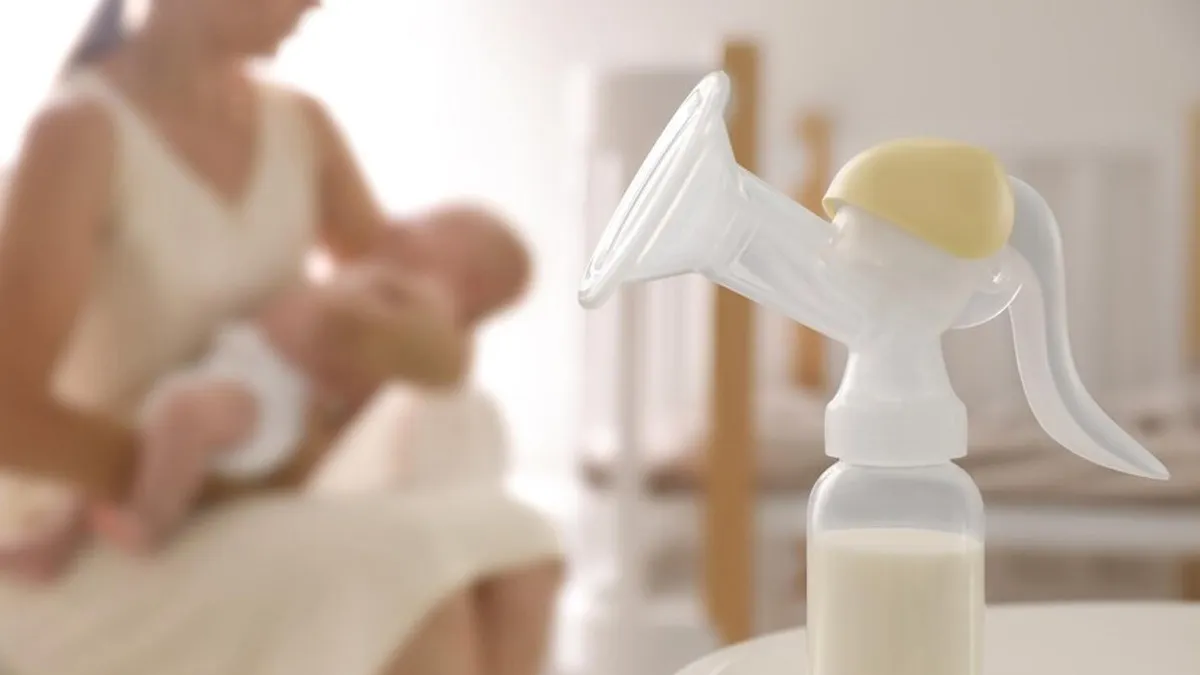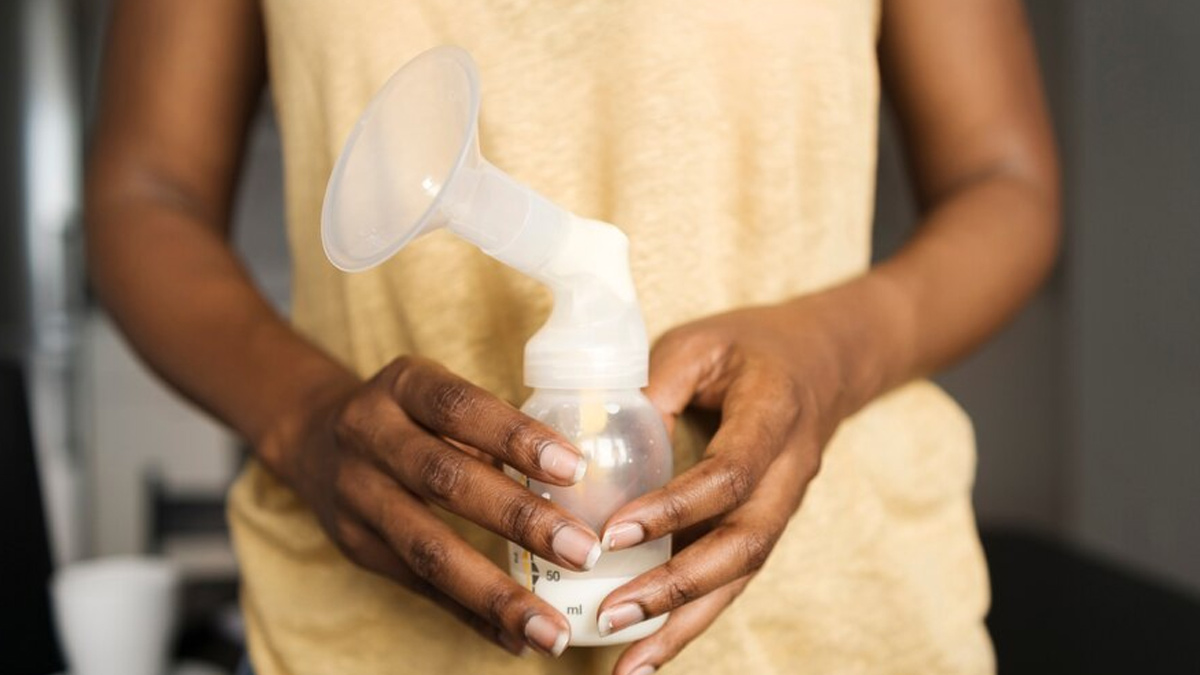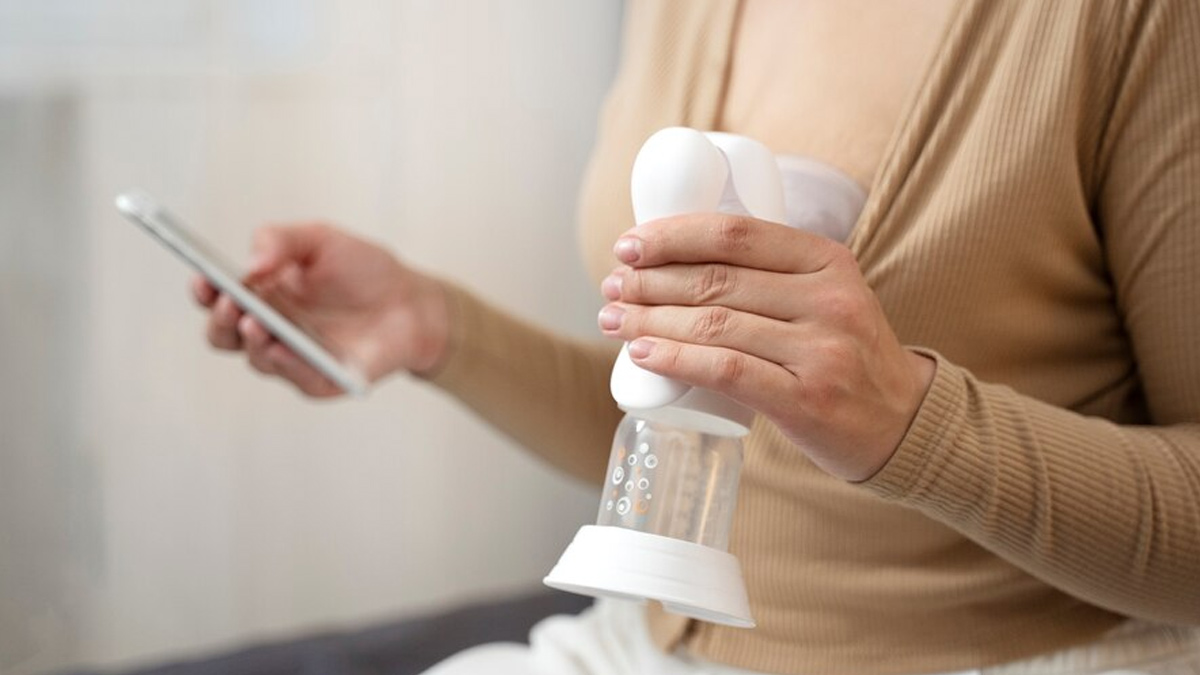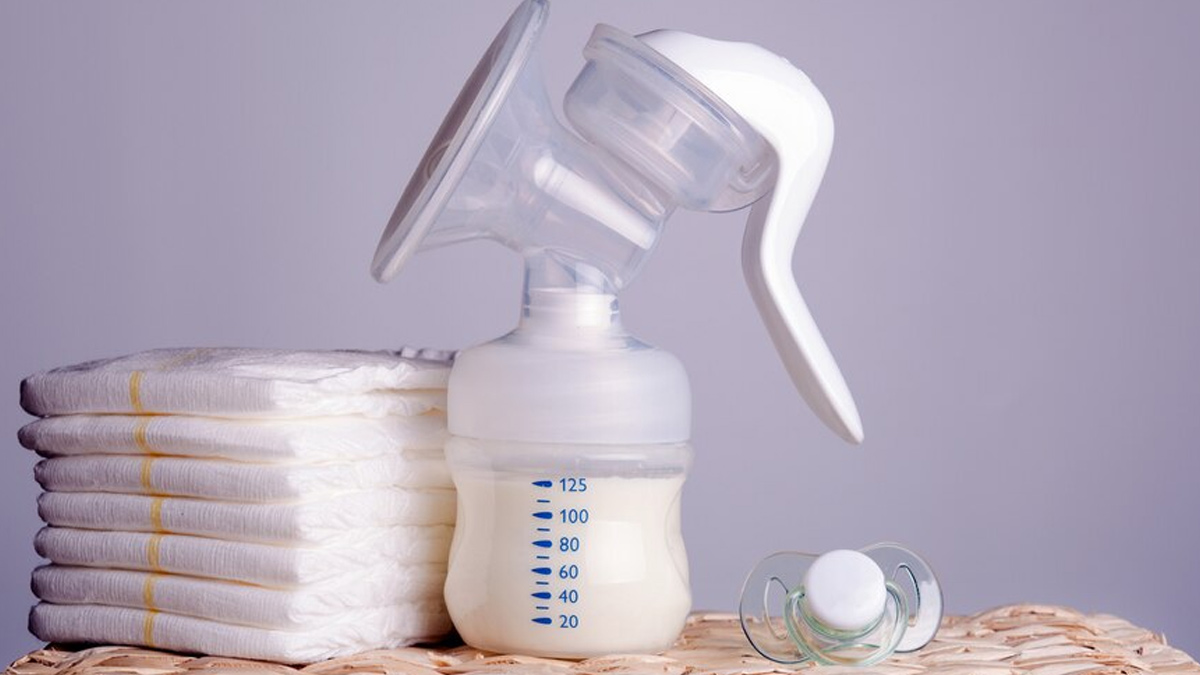
Life after pregnancy and childbirth comes with its own set of challenges, doubts, and concerns, especially for breastfeeding mothers. With the World Health Organization (WHO) recommending exclusive breastfeeding for the first six months of life, new mothers often feel the pressure to always be present for their baby’s feeding needs.
Table of Content:-
This is where breast pumps can provide a sense of flexibility and allow mothers to take much-needed ‘me time’ without compromising their baby’s nutrition. However, for first-time moms, choosing and using a breast pump can feel overwhelming. To help ease your concerns, we consulted a doctor for necessary tips on making the transition smooth and stress-free.
Also Read: What Happens To Your Body After Breastfeeding? Expert Lists The Changes In Your Body
How Do Breast Pumps Work?

Breast pumps use a vacuum mechanism to create suction, which helps extract milk from the breasts. There are two main types of breast pumps: electric and manual. With the manual, you need to squeeze the plunger by hand, whereas the electric is run by the machine, and you do not need to do anything.
Here's how to use a manual breast pump:
- Place the breast shield over the nipple and areola.
- Create suction by squeezing a handle or lever.
- Release the suction.
- Repeat the cycle to express milk.
- Collect the milk in the attached container.
How To Choose The Right Breast Pump

In an interaction with the OnlyMyHealth team, Dr Hina Shaikh, Consultant—Obstetrics and Gynaecology, Fortis Hiranandani Hospital, Vashi, recommends considering a few things before choosing the right breast pump. These include:
- The frequency of pumping: Depending on how many times you pump throughout the day, you can opt for manual or single pumps for occasional use or electric double pumps for regular and frequent use.
- Choose compact pumps for easy transport if you need to pump on the go for portability.
- Read reviews online on shopping sites or forums, or ask other breastfeeding moms or a lactation consultant for recommendations to help you make an informed decision.
How To Store Expressed Breast Milk?
While handling expressed breast milk, it is crucial to follow certain hygiene tips. Some expert-recommended advice includes:
- Always wash your hands thoroughly before expressing or handling breast milk.
- Ensure that breast pump parts, storage containers, and bottles are always clean and sanitised either in boiling hot water or a bottle sanitising machine.
- Use BPA-free bottles for storing pumped milk.
- Avoid using regular plastic bags or non-food-grade containers.
- Always label the bottle with the date and day of expression to keep track of their freshness.
Also Read: Postpartum Breast Health: Tips To Care For Your Breasts While Breastfeeding
How Often Should Breastfeeding Mothers Pump To Maintain Milk Supply?

To maintain milk supply, breastfeeding mothers should pump as frequently as they nurse:
- New mothers should pump 8-12 times a day to establish supply for the first 6-8 weeks.
- Once regular milk supply has been established, pump 3-5 times a day if supplementing with pumping.
- For new mothers returning to work, it is important to pump every 3-4 hours during the day.
- Pump once in the nighttime session to maintain supply.
Considerations While Using Breast Pump
It is always important to recognise that you do not experience any side effects from using breast pumps frequently. According to Dr Shaikh, frequent breast pump usage can cause sore nipples, as incorrect flange size or high suction can cause nipple pain.
"It can also lead to nipple engorgement or a drop in milk supply. Pumping too frequently or for too long can irritate the skin around the nipples."
Therefore, it is important to space out pumping sessions so as to not cause nipple soreness or pain. Always wash your hands before you express milk and remember to use the right-sized breast pump, as using the wrong size can cause pain and reduce milk output, the doctor concludes.
Also watch this video
How we keep this article up to date:
We work with experts and keep a close eye on the latest in health and wellness. Whenever there is a new research or helpful information, we update our articles with accurate and useful advice.
Current Version